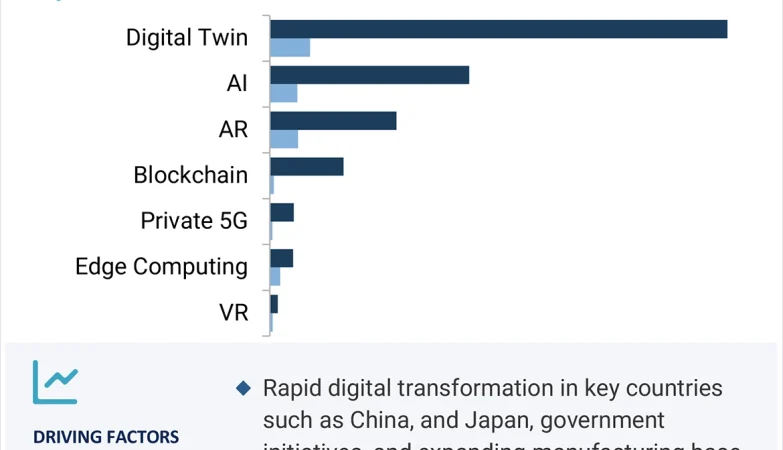Imagine walking into a bank—no paperwork, no credit checks, no waiting. Just a loan approved in minutes, backed by code instead of a human loan officer. That’s the promise of decentralized finance (DeFi), and it’s already changing who gets access to credit and how.
The Old System: Broken Bridges
Traditional credit systems are like toll bridges—gatekept, slow, and expensive. If you don’t fit the mold (good credit score, steady income, collateral), you’re stuck on the wrong side. Globally, 1.7 billion adults remain unbanked, according to the World Bank. Even those with accounts face hurdles—high interest rates, opaque terms, or outright rejection.
How DeFi Cracks the Code
DeFi flips the script. Instead of banks, smart contracts (self-executing code on blockchains like Ethereum) handle loans. Here’s the deal:
- No middlemen: Loans happen peer-to-peer or via liquidity pools.
- Collateral reimagined: Crypto assets secure loans—no pay stubs required.
- Transparent terms: Rates and rules are public, baked into the protocol.
Real-World Impact: Who Benefits?
DeFi isn’t just tech hype. It’s solving real pain points:
- Freelancers and gig workers: Irregular income? Traditional banks balk. DeFi looks at your crypto wallet, not your W-2.
- Small businesses in emerging markets: Need capital but lack local banking infrastructure? A smartphone and internet connection are enough.
- The credit-invisible: Young adults, immigrants, or those rebuilding credit can bypass FICO scores entirely.
The Mechanics: How DeFi Lending Works
Let’s break it down. Say Alice wants to borrow $1,000. Here’s the play-by-play:
- Alice deposits $1,500 worth of Ethereum as collateral into a DeFi platform like Aave or Compound.
- The smart contract calculates her loan-to-value ratio (LTV)—say, 66%—and approves the loan instantly.
- She receives $1,000 in stablecoins (crypto pegged to the dollar).
- When she repays the loan plus interest, her collateral is returned automatically. Default? The contract liquidates her ETH—no collections agency needed.
The Numbers Don’t Lie
| Metric | Traditional Loan | DeFi Loan |
| Time to approval | Days to weeks | Minutes |
| Interest rates | 5%–30% (varies by credit) | 2%–15% (algorithmic) |
| Global access | Limited by geography | Borderless |
Not All Sunshine and Rainbows
DeFi has its thorns. Volatility is a beast—if your collateral’s value crashes, you could get liquidated fast. And honestly, the space is still the Wild West: scams, hacks, and regulatory uncertainty linger. But here’s the thing—iterative improvements (like overcollateralization and insurance protocols) are smoothing the edges.
The Future: Credit Without Borders
We’re glimpsing a world where credit flows like water—freely, to anyone with an internet connection. DeFi won’t kill banks, but it’s forcing them to adapt. Micro-loans for farmers in Kenya, startup capital for a teen coder in Argentina, emergency funds during a crisis—all without begging for permission.
That’s the real disruption. Not just faster loans, but democratized finance. The gates are cracking open.






